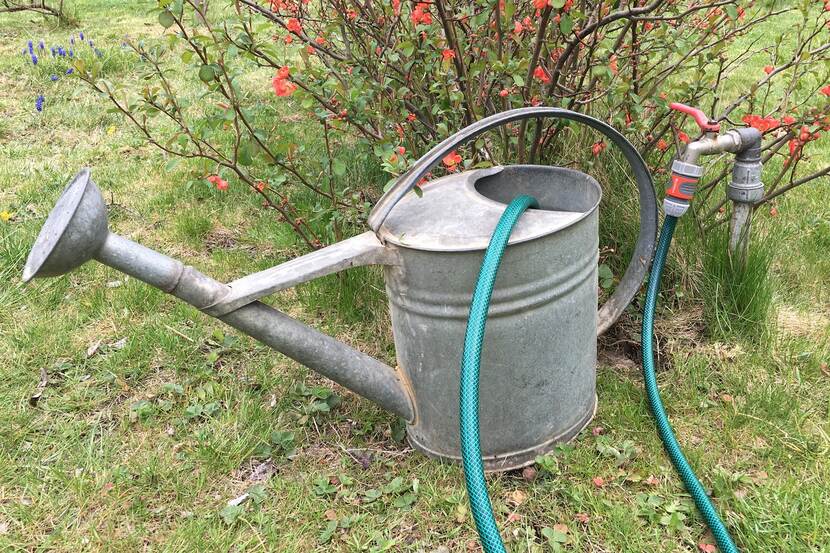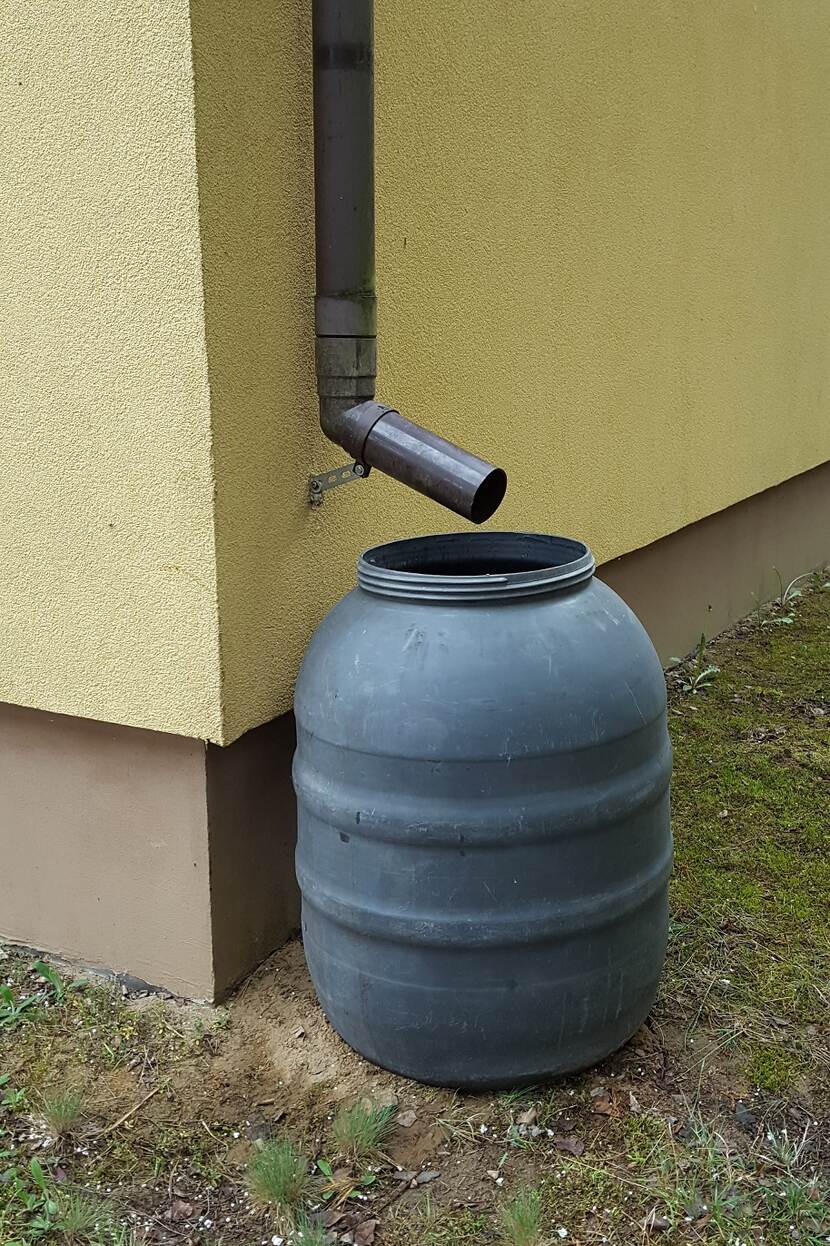Poland, brief agricultural news week 20, 2020
What happened in Poland last week? A brief overview of agricultural news.

Call for water savings
Visible low water levels lack of rain and meteorological forecasts are imposing again drought in agriculture in Poland. That is why the Polish minister of agriculture appeal for economical use of water. For sure water shortage will bring losses to farmers, but it may also be lacking in wells and rivers, as well as in households. Therefore it is very important to save water at every turn Individually, this does not seem to bring great savings, but on a national scale they are millions of liters of water that can be used in a better way.
A good example was given by the Center for the Development of Physical Culture "AKWEN" in Czerwonak (Poznan poviat, Greater Poland voivodship), which transferred 600 cubic meters of water from their swimming pool to nearby residents, including farmers. The pool belongs to the municipality and every year it must be replaced during the technological break. Until now, water was poured into the sewage system. This time, the commune decided to provide purified and treated pool water to farmers and home garden owners to water meadows and fields hoping to alleviate the effects of long-term lack of rain. Water was poured by firefighters into containers and barrels brought by the inhabitants of the commune.
Source: Agropolska.pl

The Netherlands fifth trading partner of Poland in the first quarter of 2020
Foreign trade turnover in the first quarter this year according to exports at current prices amounted to PLN 254.9 bn, while imports amounted to PLN 251.4 bn. The positive balance reached the level of PLN 3.5 bn, while in the same period of 2019 year amounted to PLN 1.0 bn. In comparison to the corresponding period of the 2019, exports increased by 0.6%, and imports decreased by 0.4%.
Despite a number of restrictions related to COVID-19 introduced in the second half of March this year, they did not have a significant impact on the statistics of foreign trade in goods. The borders for the flow of goods have been and are open. The data for March, a decrease in turnover of foreign trade in goods statistics, ie. in the export of 5.6%, and the import of 2.5% compared to March last year.
In the first quarter this year Polish export was directed mainly to Germany, Czech Republic, United Kingdom, France and the Netherlands, while imports was received from Germany, China, Russia, Italy and the Netherlands. Among the main trade partners of Poland there was an increase in exports to Russia, United States and Czech Republic and imports – from South Korea, United States, Netherlands, China and Russia.
The turnover with the top ten of Polish trade partners in exports accounted for 65.7% (67.4% in the same period last year), while total imports – 64.1% (against 64.0% in January – March 2019) .
In the first quarter of 2020 the Netherlands is the fifth importing partner of Poland and also fifth exporting partner. Its share in exports from Poland decreased in comparison with the corresponding period of last year by 0.4 pp and amounted to 4.3%, and imports has increased by 0.2 pp and accounted for 3.7% of total import to Poland.
In export the largest increase concerned in beverages and tobacco (by 17.1%), animal and vegetable oils, fats and waxes (by 10,7%), chemicals and related products (by 8.2%), food and live animals (by 7.3%) and miscellaneous manufactured articles (by 1.4%), while the decrease was reported in mineral fuels, lubricants and related materials (by 19.2%)
In import the largest increase was recorded in animal and vegetable oils, fats and waxes (by 29.4%), food and live animals (by 8.8%), chemicals and related products (by 8.2%), beverages and tobacco (by 5.2%) and miscellaneous manufactured articles (by 2.4%) while decrease was observed in commodities and transaction not classified elsewhere in the SITC (by 27.1%), crude minerals inedible, except fuels (by 8.8%) and in manufactured goods classified chiefly by material (by 3.7%).
Source: Central Statistical Office
Biogas in the ZOO
A biogas plant will be built at the ZOO in Poznań. The new investment is to allow the production of electricity and heat based on waste from the zoo.
The idea of a circular economy assumes that products, materials and raw materials should be used as long as possible and waste generation should be kept to a minimum. A great example of the implementation of this idea is the concept of a biogas plant in the New ZOO, which will allow local production of electricity and heat based on waste from the zoo. This thought brought local government to invest in a new biogas plant in the ZOO.
Currently, almost 2,500 animals live in the ZOO, producing daily many tonnes of bio-waste. Using them to produce biogas in a biogas plant has great potential. In addition to generating heat and electricity, the products resulting from the process can be used as fertilizer and feed for insects. A biogas plant with a capacity of at least 250 kW is to be constructed in a closed loop standard, using substrates from the zoo, i.e. animal and plant excrements.
"All green waste and animal manure would be subjected to methane fermentation. The resulting biogas, after appropriate treatment, would be used to propel gas engines. The resulting electricity would power the facilities in the ZOO, and the heat generated in cogeneration could be used for heating the elephants' building and other pavilions "- is the plan of the authorities.
The investment will improve energy efficiency, reduce the number and area of bio-waste landfills, and save energy costs.
Source: Agropolska.pl

Rainwater program of Cereal Union
The Polish Association of Cereal Plant Producers (PZPRZ) asked the Minister of Agriculture to implement the actions proposed by the association, which will help in collecting and managing rainwater in Poland.
Currently, the lack of a common habit of collecting rainwater on farms is, in the opinion of the Union, a kind of side effect of the modernization of the Polish agriculture. The construction of the water supply has largely diminished the earlier precaution of farmers, who have been collecting rainwater in barrels or other large containers, such as an old bathtub, for years. The tanks disappeared from farms due to the increasing attention to the aesthetics. But the adverse effects of the disappearance of this tradition have a huge negative impact along with other factors are dangerous for agriculture and the entire food economy of the country.
The potential of rainwater is mostly simply wasted, meanwhile it can be successfully used as soft and heated water used in sprayers, without the need for additional chemical softeners. Due to the low pH, it is also perfect for watering home gardening or greenhouse crops. Stored rainwater can also be a fire buffer on the farm - emphasizes the head of the Union. As he calculates, one of the ways to collect water can be waterproof tanks dug in the ground or professional, portable and closed, with different capacities that can be aesthetically set on the farm. These tanks should be equipped with pumps for water distribution and systems e.g. for drip irrigation. Investments in professional tanks for collecting rainwater could be implemented individually by farmers or with help of municipalities.
Of course, more money is needed for this type of investment in agriculture. Therefore, the association asks the Ministry to support these projects from the national budget
Source: Agropolska.pl